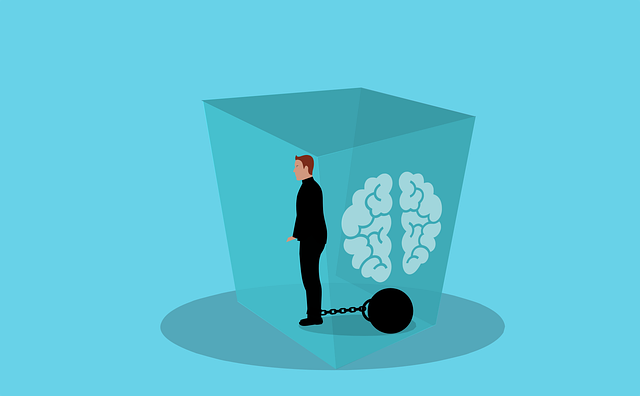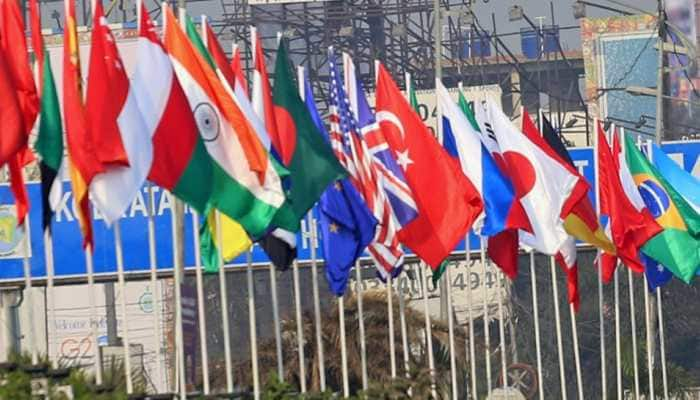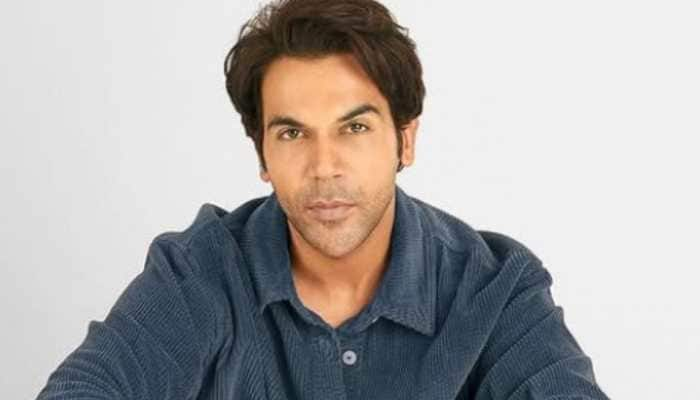Exclusive: World Mental Health Day 2021 - Depression and suicide is higher amongst women
The prevalence of depression and anxiety disorders, as well as eating disorders, is significantly higher in women. The association between depression and death by suicide is also higher amongst women.
- 38 percent of working women in India show signs of psychiatric morbidity
- Mental illnesses disproportionately affect households with lower income and employment and less education levels
Trending Photos
) Pic Courtesy: Pixabay
Pic Courtesy: Pixabay New Delhi: World Mental Health Day is celebrated each year across the world on October 10 to raise awareness about mental health issues, lack of proper infrastructure to support mental health patients and social stigma faced by people suffering from mental illnesses. This year’s theme is 'Mental health in an unequal world’ and we got in touch with Neerja Birla, Founder and Chairperson of Mental Health NGO Mpower to share her views on the same.
“Mental disorder does not discriminate between people – anyone can get stricken by it. So, why should there be discrimination in the care that people receive? Sadly, we live in an unequal world where resources, opportunities and solutions are disproportionately distributed,” said Neerja.
Below are some key aspects of Mental Health conditions shared by Neerja Birla.
UNEQUAL ACCESS TO MENTAL HEALTH SERVICES
According to The Lancet, nearly 15 percent of the global mental, neurological and substance abuse disorders occur in India. In 2017, 19.73 crore people (14.3 percent of the population) had mental illnesses. Sadly, India also has the highest number of suicides in the world – 319 deaths daily in 2019.
In stark contrast, the number of mental health professionals in India only adds up to 9,000 (0.75 per lakh population) and we only have 56,600 psychiatric beds for 135 crore people.


According to the National Mental Health Survey (NMHS), 80 percent of people with mental health disorders do not receive treatment for over a year. The treatment gap for different mental health disorders ranges from 28 percent to 83 percent. To reduce the treatment gap significantly and quickly, we need more hospitals, beds and trained personnel. We must also empower the mental healthcare system with quality indicators.
HOW TO BRIDGE THE GAP
700 psychiatrists are graduating every year. But we need 2,700 annually to bridge the existing gap within 10 years. As of now, there is inadequate syllabus of mental health or psychiatry stems in medical colleges. Mental health studies need to be given a lot more importance. Online courses can increase the reach substantially and help reduce the gap faster.
The percentage of mental health concerns is even higher in rural India where treatment is scarcely available. A partnership between psychiatrists, psychiatric social workers, anthropologists, NGOs, and local volunteers could play an important role in making mental health accessible to a larger population.

GENDERED ASPECT OF MENTAL HEALTH ILLNESS
The prevalence of depression and anxiety disorders, as well as eating disorders, is significantly higher in women. The association between depression and death by suicide is also higher amongst women. 38 percent of working women in India show signs of psychiatric morbidity compared to only 26 percent of the women who don’t work. In this unequal world, women are clearly even more disadvantaged. Steps need to be taken to look at women’s mental health from their point of view and find solutions specific to their needs.
As per the NMHS, mental illnesses disproportionately affect households with lower income and employment and less education levels. The median out-of-pocket expenditure by families on treatment and travel to access care is roughly 1,000-1,500 per month. Mental healthcare needs to become far more affordable in India. Medical insurance needs to cover mental health interventions, including out-patient ones, as per the Mental Health Act 2017 (MHA) directive.

DIFFERENCE IN BUDGETARY ALLOCATION AMONG DEVELOPING AND DEVELOPED COUNTRIES
Developed countries spend 5-18 percent of the annual healthcare budget on mental healthcare while India only spends 0.05 percent. After the MHA was passed in 2017, the National Mental Healthcare Program budget was increased from Rupees 3.5 million to 5 million, but subsequently reduced to 4 million. This is despite the fact that a survey showed a 367 percent jump in mental health queries even before the pandemic had started. The funding for mental health needs to increase drastically and immediately, so that the desperately needed infrastructure can be developed.
Two of the biggest challenges that we need to overcome are lack of awareness and the stigma attached to mental health. Even educated people find it difficult to accept their mental illnesses. Moreover, people with mental health issues are looked down on and made to feel ashamed. This misinformation about mental health needs to go. People have to unite and raise their voice actively against the stigma. A mental health concern is not a character flaw or personal failing. People suffering from mental disorders can lead extremely productive lives and be contributing members of society.
LANGUAGE BARRIER IN GIVING MENTAL HEALTH TREATMENT
The language barrier is also a major hurdle. All psychological and psychiatric education terminology is in English. In such a scenario, the use of regional languages and colloquial lingo with the underprivileged and uneducated sections of society can create instant rapport and trust, and hasten the process of creating awareness and fostering education by leaps and bounds.
Stay informed on all the latest news, real-time breaking news updates, and follow all the important headlines in india news and world News on Zee News.
Live Tv







)
)
)
)
)
)
)
)
)
)
